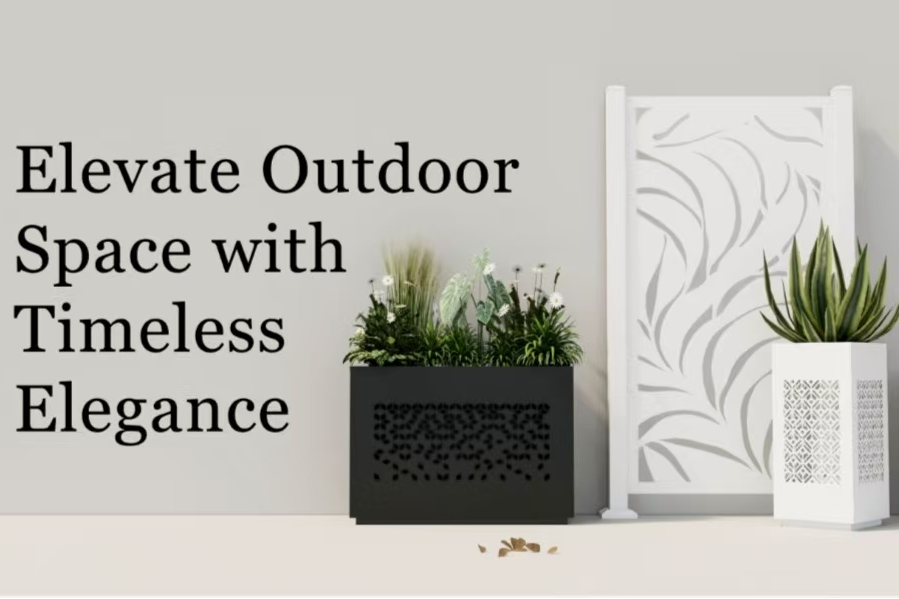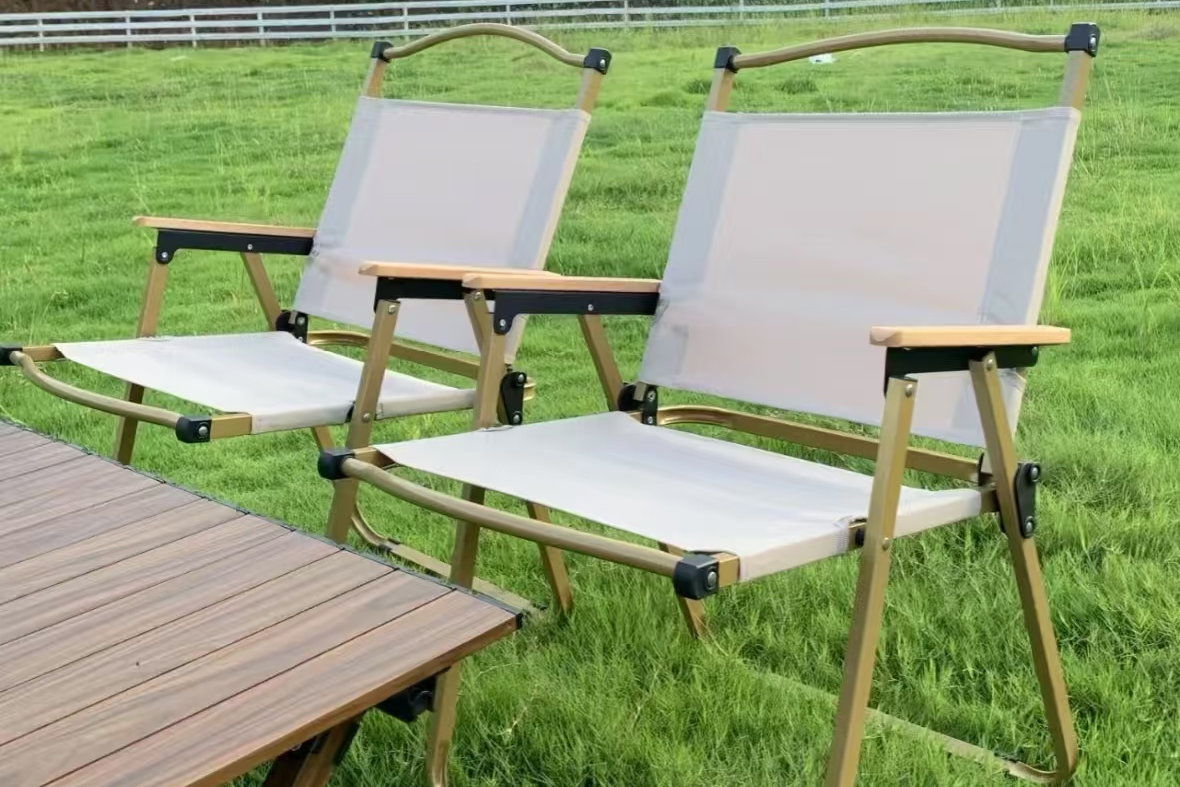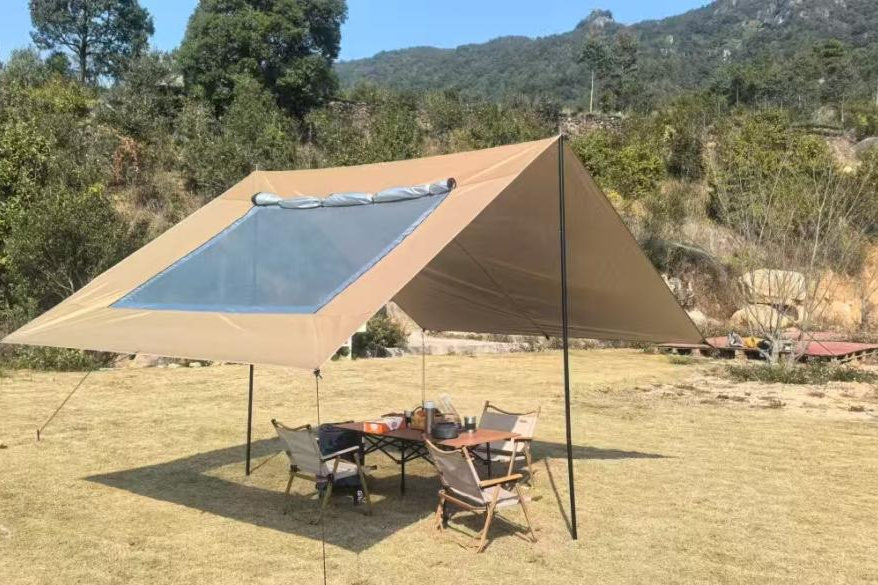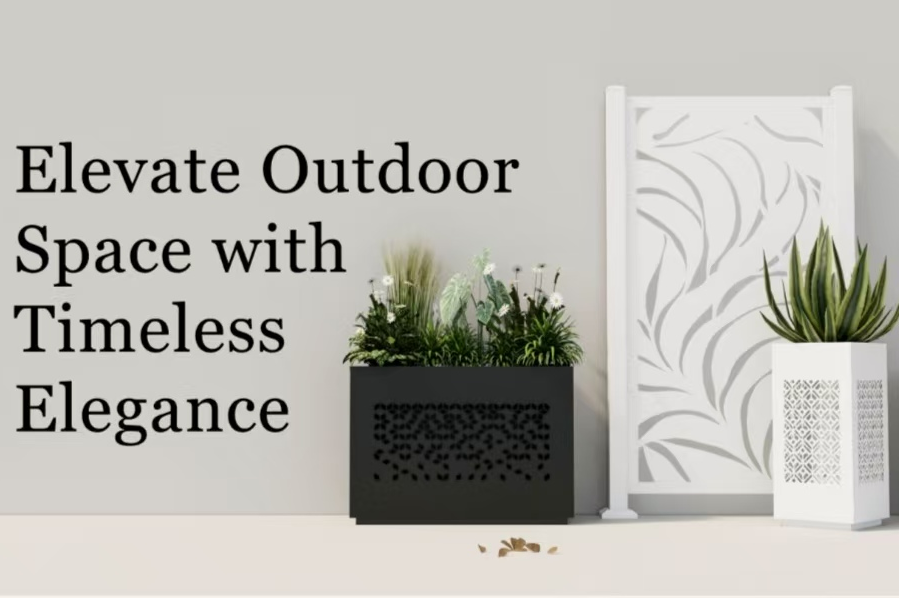
How to Grow Plants in a Planting Box During Hot or Cold Seasons?
2025-10-22
A planting box is a convenient way to grow vegetables, herbs, and flowers no matter where you live. But one challenge many gardeners face is seasonal changes. Hot summers and cold winters can affect plant growth, and understanding how to care for your planting box during different seasons is essential.
1. Protecting Your Plants in Hot Weather
During summer, high temperatures can quickly dry out the soil in a planting box. Here’s what you can do:
- Watering: Water deeply in the early morning or late evening to prevent evaporation.
- Shade: Use lightweight cloths, mesh, or movable covers to provide partial shade for sensitive plants like lettuce or herbs.
- Mulching: Apply mulch or straw on top of the soil to retain moisture and keep roots cool.
Choosing heat-tolerant plants like tomatoes, peppers, or sunflowers can also help your garden thrive in summer.
2. Preparing for Cold Weather
Cold seasons bring shorter days and lower temperatures. Some tips include:
- Insulate the Box: Wrap the planting box with burlap or bubble wrap to keep roots warm.
- Select Hardy Plants: Focus on cold-resistant vegetables such as spinach, kale, and carrots.
- Moveable Boxes: If possible, place your planting box in a sheltered spot or move it indoors temporarily.
Using season-extension tools like mini-greenhouses or cold frames can protect your plants and prolong the harvest.
3. Adjusting Fertilization and Soil Care
Seasonal changes affect nutrient needs:
- Hot Weather: Plants grow faster, so you may need to fertilize more frequently.
- Cold Weather: Growth slows, so reduce fertilization to avoid overloading the soil.
Always check soil moisture and structure regularly. Adding compost or organic matter helps maintain healthy soil across seasons.
4. Monitoring Sunlight and Airflow
- Summer: Ensure plants get enough sun but avoid direct scorching heat.
- Winter: Maximize sunlight exposure by placing boxes in the brightest location available.
Good airflow prevents fungal diseases, which can be more prevalent in cooler, damp conditions.
5. Choosing the Right Plants for Each Season
Some plants thrive in specific conditions:
- Summer: Tomatoes, peppers, basil, sunflowers, and marigolds.
- Winter: Spinach, kale, garlic, carrots, and pansies.
Rotating crops seasonally keeps your planting box productive year-round.
Gardening in a planting box during hot or cold seasons is very doable with the right care. By adjusting watering, sunlight exposure, soil nutrients, and choosing the appropriate plants, you can enjoy a thriving mini-garden all year long. Remember, a little planning and seasonal awareness goes a long way toward healthy, productive plants.
Recent Posts

2025-11-05
Can Planting Boxes Be Used Indoors?






